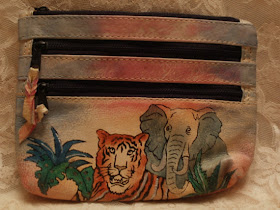In 1962, Louis Kahn was invited to design the
building for the Indian Institute of Management (IIM) in Ahmedabad. It was to comprise a main building with teaching areas, a library and faculty offices around the main courtyard, separate dormitory units for the students that were to be interconnected with a series of arched passages, and houses for the faculty and staff. Through his massive yet austere brick forms, Kahn offered young Indian architects a spiritual experience that made them believe they could effectively build the new nation and achieve a balance between modernity and tradition. Built between 1962 and 1964, the IIMA complex now sits on a 60-acre campus (text excerpt from here).
29.4.12
28.4.12
boy on the rocks
 |
| from the book Max Ernst: sculptures, maisons, paysages by Werner Spies, 1998 (from stopping off place) |
Page spread from Mother and Child by Hadda Walther, published by George Routledge & Sons, London, 1931 - part of the exhibition "A to B" at MKG127
26.4.12
mosques and corbusiers
the strangest mix of modernism and traditional culture in India.
take a look at Nicholas Iyadurai photostream,
you will find dozens of these stunningly beautiful
take a look at Nicholas Iyadurai photostream,
you will find dozens of these stunningly beautiful
old color slides. also love this book,
recently published by Hatje Cantz Verlag:
recently published by Hatje Cantz Verlag:
25.4.12
24.4.12
23.4.12
22.4.12
Semina
Covers of Semina 1, Semina 2, Semina 3, Semina 8.
Scans from the book Support the Revolution: Wallace Berman, ICA/Amsterdam, 1992
- a Für Dich Verlag gift
- a Für Dich Verlag gift
Michael McClure’s description of Semina: “Seminas are a form of
love structure that Wallace made, drawing friends together. Friends are
drawn together into the assemblage of the magazine, but then the
magazine is also sent to acquaintances who are drawn into the circle of
friends, so it expands and becomes a larger event.”


















































